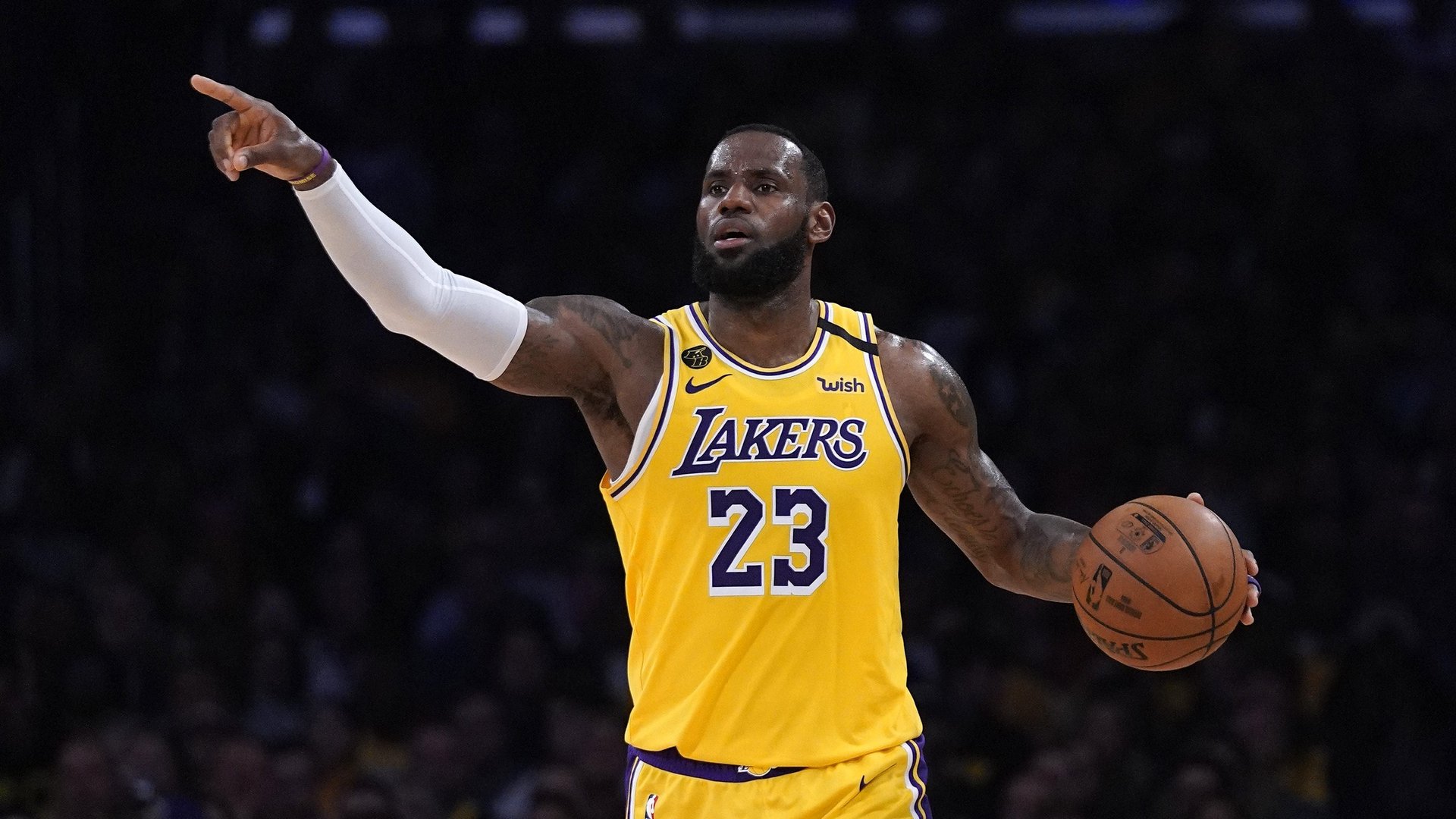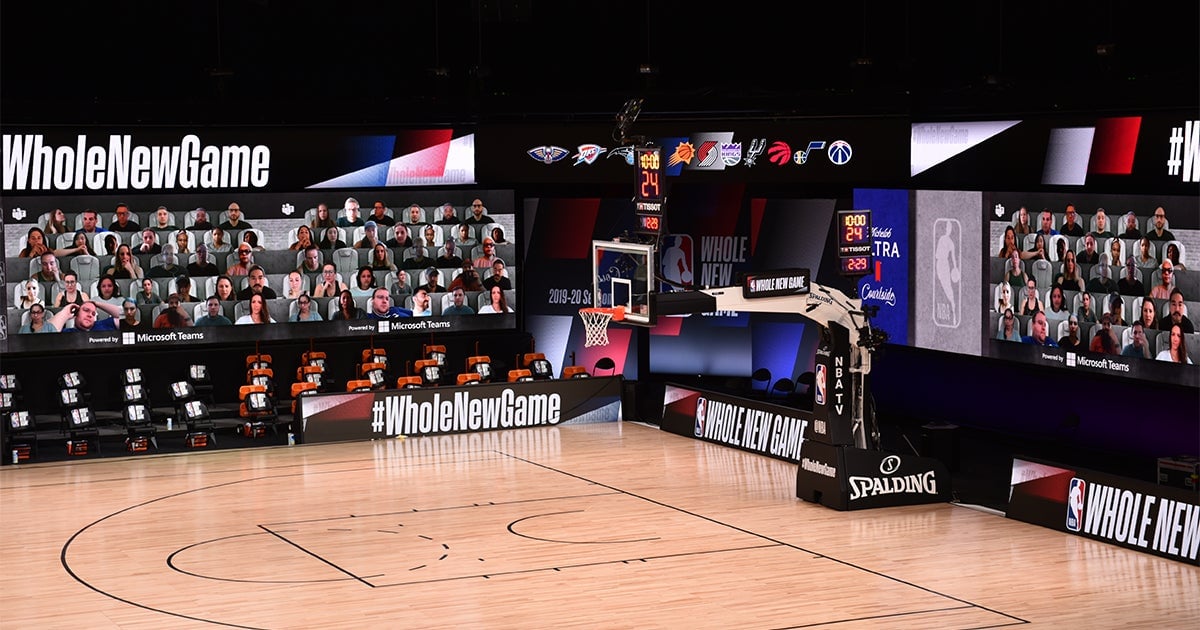The NBA returns tonight, and it’ll look like nothing you’ve seen before
After a four-month pause, the NBA resumes its season tonight where it left off. Sort of.


After a four-month pause, the NBA resumes its season tonight where it left off. Sort of.
No fans will be physically in attendance. All games will be played at the Disney World resort in Orlando, Florida. Cameras will be placed in new spots. Mics will pick up every grunt, every sneaker squeak, every fruitless appeal to the referees. It will resemble a pick-up game in an empty gym—just with a few expensive accoutrements to make viewers feel a little bit like they’re still watching basketball in a time before coronavirus.
A light 6:30pm ET appetizer between the New Orleans Pelicans and the Utah Jazz will set the stage before two of the league’s biggest stars christen the NBA’s reopening night: At 9pm ET, LeBron James and the Los Angeles Lakers play Kawhi Leonard and the Los Angeles Clippers in what is certain to be the most-watched US sporting event since the pandemic put them on hold in March. Both games will air on the US cable network TNT.
The absence of fans will allow WarnerMedia-owned TNT—as well as Disney’s ESPN, which begins airing games tomorrow—to experiment with the TV broadcast. Both networks will use an automated “rail cam” that zooms the length of the court, putting TV viewers closer to the action than ever before:
Networks will scatter cameras around the arena in places where fans would have sat, creating new viewing angles for viewers to experience at home. They’re also placing more microphones at court level to pick up the audio a loud crowd would normally drown out.
Select fans will appear virtually on video boards around the court: The league is using Microsoft video-conferencing technology to allow fans at home to see and interact with one another as if they were seated together in the arena. The players will be able to see and hear these virtual fans too.
The result will be at once intimate and eerie. Viewers will feel closer to the action than they’ve ever been, but the silence and awkwardness will hang over the court like a thick cloud. Games of huge consequence are not supposed to be played in quiet arenas with no one in attendance. This version of the NBA approaches something like an uncanny valley of sports viewing—familiar, but foreign in myriad ways.

WarnerMedia and Disney are just happy there is basketball to air at all. The pause on live sports has hurt all companies that rely on television advertising revenue tied to sports. AT&T, which owns WarnerMedia, revealed last week it lost nearly $200 million in TV ad revenue last quarter, due in large part to the NBA being off the air.
Both now have reason to be excited about the NBA’s return. Major League Baseball set TV ratings records when it returned on ESPN last week, proving US viewers are desperate to watch live sports. Basketball also reaches an advertising demographic other sports struggle with: young people. At about 42-years-old, the average NBA viewer is eight years younger than the average National Football League viewer, and 15 years younger than the average MLB viewer. The NBA is rising in popularity with even younger audiences who don’t watch much other TV.
None of the league’s 344 players have tested positive for Covid-19 since arriving at the isolation bubble within Disney’s Orlando, Florida sports complex, providing hope that—unlike MLB—the NBA can finish the remainder of its season without major incident. Now we find out if the sport’s triumphant return to TV goes as smoothly.